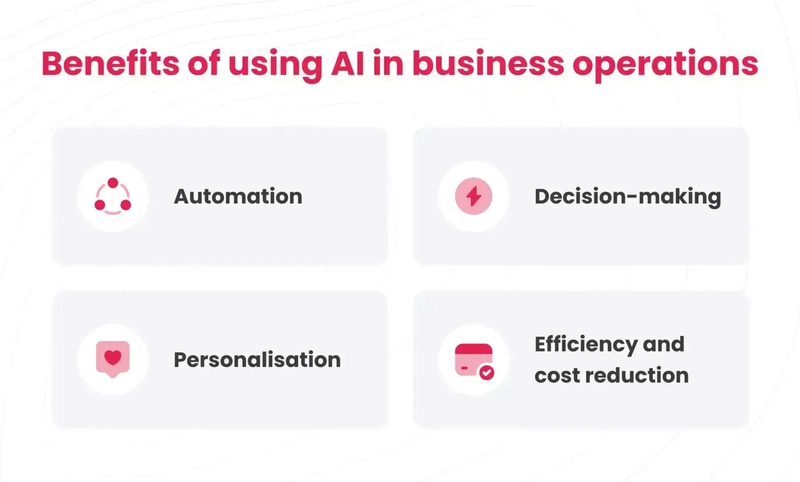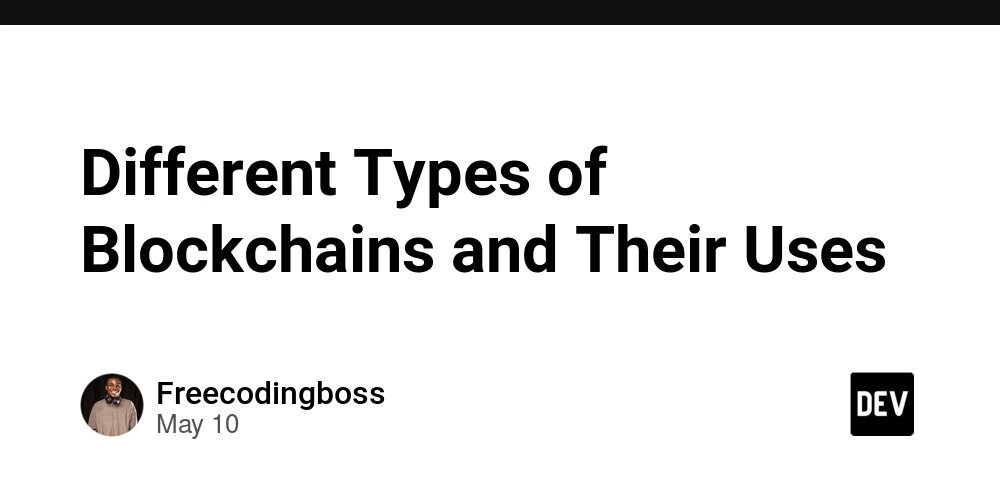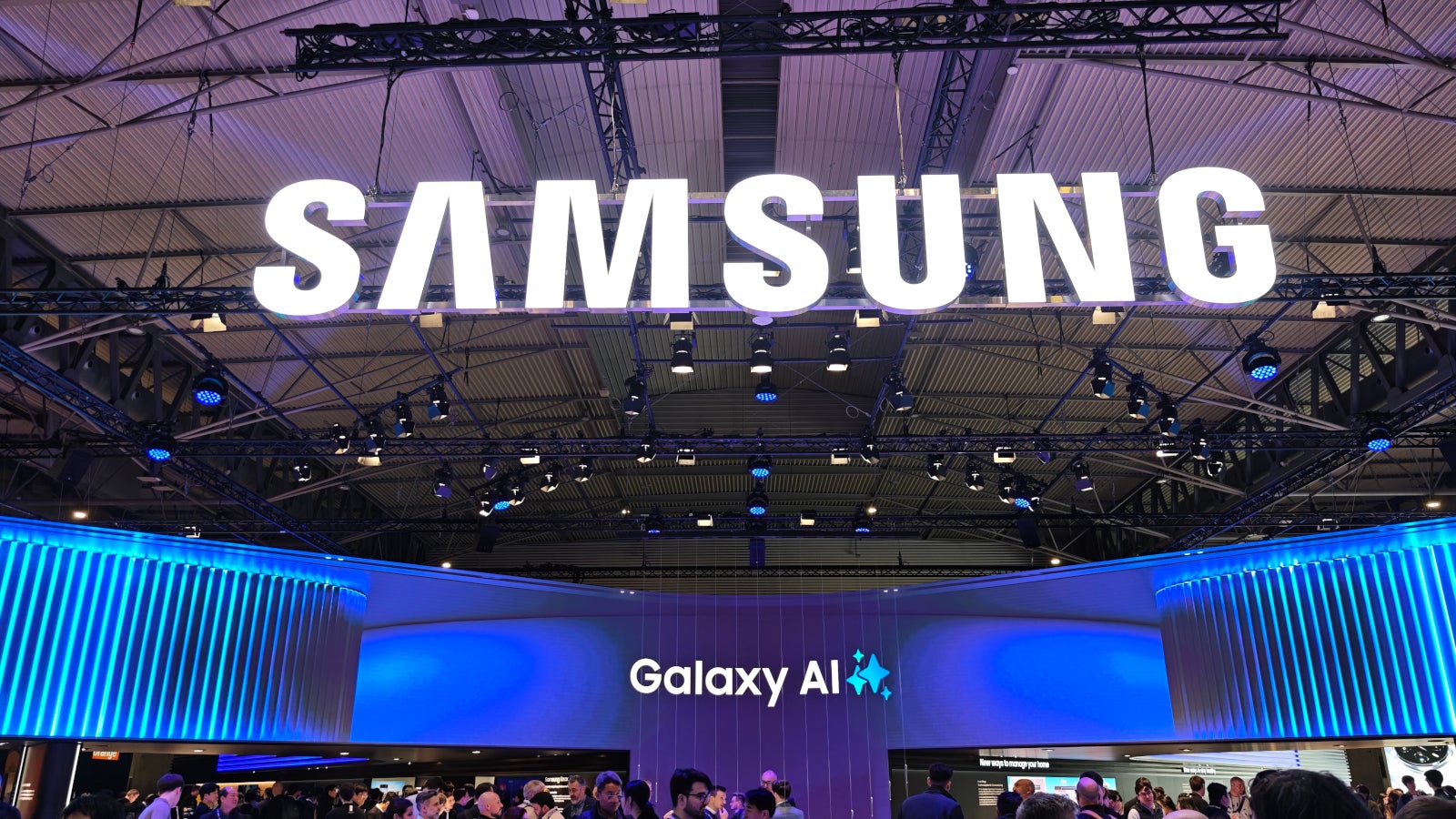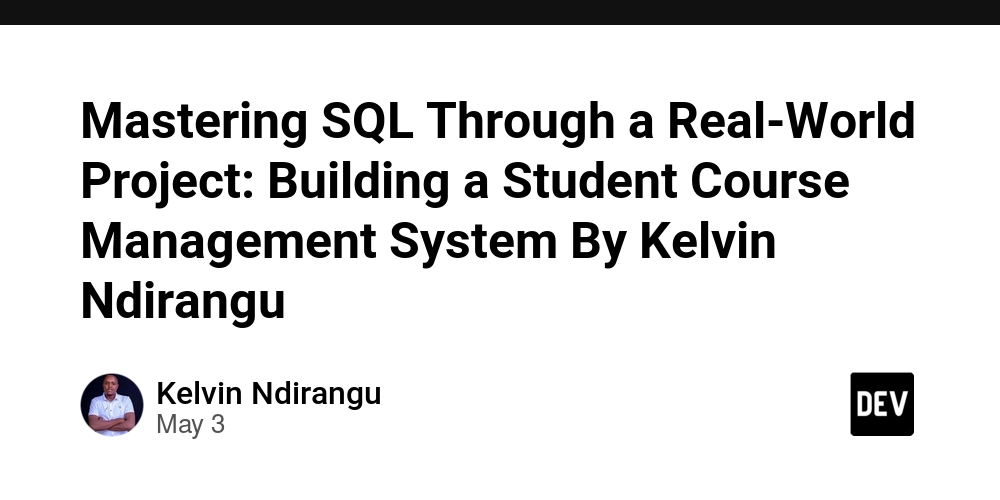How AI helps you run a more resilient business
About a decade ago, a small logistics company in the Midwest hit a wall. Rising fuel costs, constant delivery delays, and growing customer frustration were eating into their margins - and their reputation. They weren’t looking for some massive transformation. They just wanted to stop bleeding time and money. So, they tried something simple: they used a basic AI tool to analyse delivery routes and traffic patterns in real time. Six months later, late deliveries dropped by over 20%, customers stopped complaining, and they won a new contract with a regional chain. That single decision - modest, practical, and low-risk solution -put them on a path to real growth. They didn’t adopt AI because it was trendy. They did it because they needed a smarter way to solve a stubborn problem. Today, stories like this are becoming common. AI isn’t just about automation or efficiency anymore, it’s about adaptability. In a marketplace that’s moving faster and becoming more unpredictable, companies that put the right AI tools in the right places find themselves not just surviving, but quietly pulling ahead. Seeing what others don’t Every business collects data about customers, sales, and operations, but most of it goes unused. Artificial Intelligence changes that. It connects dots you didn’t know were related, spots shifts in customer behaviour before they become trends, and helps you make calls with more confidence. A retailer might use AI to adjust prices in real time based on demand. A manufacturing team might use it to predict when a machine is likely to fail, and fix it before it does. A finance department might use it to spot revenue patterns months in advance. It’s not magic. It’s just better visibility. And in a competitive market, seeing a problem or an opportunity, even a little earlier than the other businesses, makes a big difference. Staying steady when things get messy Business plans are often based on what worked last year. But the world doesn’t really care about your five-year roadmap. Things change. Fast. AI can’t prevent change, but it can help you handle it without scrambling. When the market shifts or your supply chain hiccups, AI tools can help you reroute, reforecast, or reallocate while your competitors are still figuring out what just happened. And in lean times, when hiring slows down or budgets tighten, AI can help carry the load. It takes care of the repetitive stuff so your people can focus on decisions that actually require their judgment. Start where it actually helps Here’s a mistake a lot of companies make: they chase “big AI” instead of useful AI. They invest in the most complex tools before figuring out where those tools actually fit. The companies that are quietly getting ahead are doing the opposite. They’re solving one problem at a time. They’re not replacing entire systems but upgrading the ones they already use. That might mean using AI to improve your customer support queue. Or to predict which leads your sales team should prioritise. Or to write better job descriptions that actually attract the right candidates. It doesn’t have to be fancy. It just has to work. Get ready for what’s coming (even if you don’t know what it is) The truth is, none of us knows exactly what’s around the corner. Market shifts, new competitors, regulations - it can all change fast. And if you’re stuck relying on legacy systems and gut instinct alone, that kind of change can hit hard. AI won’t give you perfect foresight, but it will give you options. It helps your business stay flexible. It helps your team make faster, better-informed decisions. And over time, it gives you a foundation you can build on, instead of constantly rebuilding from scratch. Final thought Future-proofing your business isn’t about jumping on every new trend. It’s about making smart, measured decisions that give you more room to breathe when the pressure hits. AI, when done right, isn’t about replacing people or chasing hype. It’s about giving your business a clearer view, a steadier hand, and a better shot at staying ahead—even when things get messy.

About a decade ago, a small logistics company in the Midwest hit a wall. Rising fuel costs, constant delivery delays, and growing customer frustration were eating into their margins - and their reputation. They weren’t looking for some massive transformation. They just wanted to stop bleeding time and money. So, they tried something simple: they used a basic AI tool to analyse delivery routes and traffic patterns in real time.
Six months later, late deliveries dropped by over 20%, customers stopped complaining, and they won a new contract with a regional chain. That single decision - modest, practical, and low-risk solution -put them on a path to real growth. They didn’t adopt AI because it was trendy. They did it because they needed a smarter way to solve a stubborn problem.
Today, stories like this are becoming common. AI isn’t just about automation or efficiency anymore, it’s about adaptability. In a marketplace that’s moving faster and becoming more unpredictable, companies that put the right AI tools in the right places find themselves not just surviving, but quietly pulling ahead.
Seeing what others don’t
Every business collects data about customers, sales, and operations, but most of it goes unused. Artificial Intelligence changes that. It connects dots you didn’t know were related, spots shifts in customer behaviour before they become trends, and helps you make calls with more confidence.
A retailer might use AI to adjust prices in real time based on demand. A manufacturing team might use it to predict when a machine is likely to fail, and fix it before it does. A finance department might use it to spot revenue patterns months in advance. It’s not magic. It’s just better visibility.
And in a competitive market, seeing a problem or an opportunity, even a little earlier than the other businesses, makes a big difference.
Staying steady when things get messy
Business plans are often based on what worked last year. But the world doesn’t really care about your five-year roadmap. Things change. Fast.
AI can’t prevent change, but it can help you handle it without scrambling. When the market shifts or your supply chain hiccups, AI tools can help you reroute, reforecast, or reallocate while your competitors are still figuring out what just happened.
And in lean times, when hiring slows down or budgets tighten, AI can help carry the load. It takes care of the repetitive stuff so your people can focus on decisions that actually require their judgment.
Start where it actually helps
Here’s a mistake a lot of companies make: they chase “big AI” instead of useful AI. They invest in the most complex tools before figuring out where those tools actually fit. The companies that are quietly getting ahead are doing the opposite. They’re solving one problem at a time. They’re not replacing entire systems but upgrading the ones they already use.
That might mean using AI to improve your customer support queue. Or to predict which leads your sales team should prioritise. Or to write better job descriptions that actually attract the right candidates. It doesn’t have to be fancy. It just has to work.
Get ready for what’s coming (even if you don’t know what it is)
The truth is, none of us knows exactly what’s around the corner. Market shifts, new competitors, regulations - it can all change fast. And if you’re stuck relying on legacy systems and gut instinct alone, that kind of change can hit hard.
AI won’t give you perfect foresight, but it will give you options. It helps your business stay flexible. It helps your team make faster, better-informed decisions. And over time, it gives you a foundation you can build on, instead of constantly rebuilding from scratch.
Final thought
Future-proofing your business isn’t about jumping on every new trend. It’s about making smart, measured decisions that give you more room to breathe when the pressure hits. AI, when done right, isn’t about replacing people or chasing hype. It’s about giving your business a clearer view, a steadier hand, and a better shot at staying ahead—even when things get messy.











































































































































































![[The AI Show Episode 146]: Rise of “AI-First” Companies, AI Job Disruption, GPT-4o Update Gets Rolled Back, How Big Consulting Firms Use AI, and Meta AI App](https://www.marketingaiinstitute.com/hubfs/ep%20146%20cover.png)





























































































































![Ditching a Microsoft Job to Enter Startup Purgatory with Lonewolf Engineer Sam Crombie [Podcast #171]](https://cdn.hashnode.com/res/hashnode/image/upload/v1746753508177/0cd57f66-fdb0-4972-b285-1443a7db39fc.png?#)





























































.jpg?width=1920&height=1920&fit=bounds&quality=70&format=jpg&auto=webp#)





























































































































































-xl.jpg)






























![New iPad 11 (A16) On Sale for Just $277.78! [Lowest Price Ever]](https://www.iclarified.com/images/news/97273/97273/97273-640.jpg)

![Apple Foldable iPhone to Feature New Display Tech, 19% Thinner Panel [Rumor]](https://www.iclarified.com/images/news/97271/97271/97271-640.jpg)



































































































